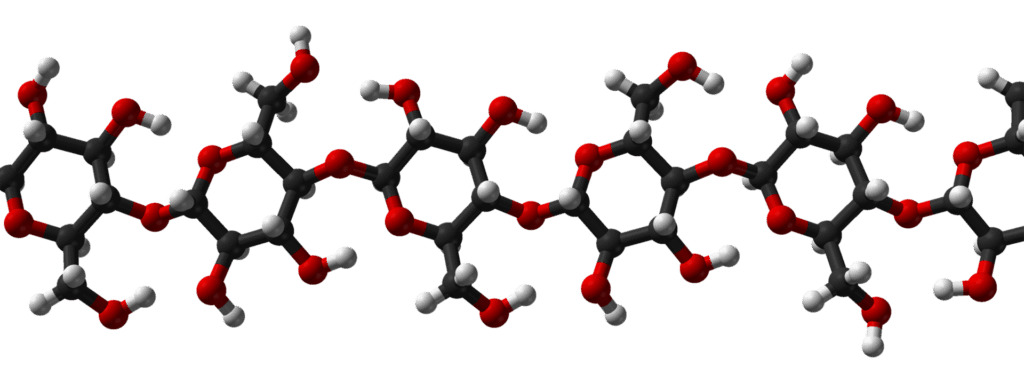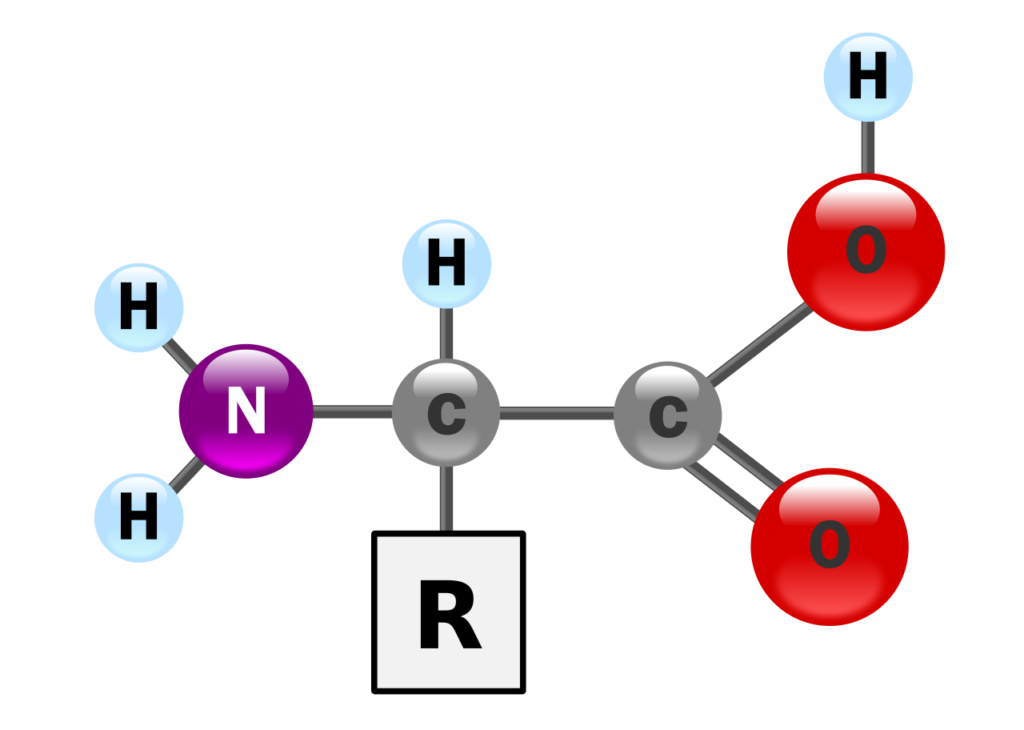Introduction to Vitamins
Vitamins are essential organic compounds found in food, required in small quantity to support proper physiological functions. Even in tiny quantities, they are vital, and their absence or misuse can cause specific deficiency disorders.
These nutrients are crucial for the body, and since their discovery and the recognition of their benefits, they have become widely produced by the pharmaceutical industry. Each vitamin plays a distinct role in maintaining healthy cell function, growth, and development.
They are needed in very small amounts, ranging from micrograms to milligrams per day, to support health, growth, and reproduction.
The absence of even one essential vitamin in the diet of a species that requires it will result in deficiency symptoms.
Many vitamins serve as coenzymes, acting as metabolic catalysts, others have essential functions that do not involve this role.
Vitamers
Vitamers are various chemical forms or derivatives of a specific vitamin that demonstrate similar biological activity. While they may differ in structure and properties, they ultimately serve the same nutritional functions in the body. For instance:
- Vitamin K: Comprises K1 (phylloquinone) and K2 (menaquinone).
- Vitamin D: Consists of D2 (ergocalciferol) and D3 (cholecalciferol).
- Vitamin A: Includes retinol and retinal.
Each vitamer can have unique functions, varying absorption rates, and different health impacts, but they all contribute to the overall role of the vitamin in the body.
Historical Perspective
- In 1911, Casimir Funk isolated an amine-containing substance from rice polishings that cured beriberi in animal studies, naming it “vitamine” for “vital amine.” This compound was later identified as thiamine (vitamin B1).
- In 1913, Elmer McCollum identified two dietary growth factors: fat-soluble A and water-soluble B.
- Fat-soluble A was shown to treat both eye disorders and rickets, leading to the discovery of vitamins A and D.
- In 1919, a substance in lemons that prevented scurvy was named water-soluble C, later known as vitamin C.
- In 1920, Jack Drummond proposed removing the “e” from “vitamine” because not all vitamins are amines.
- In 1922, an anti-sterility factor was identified and named vitamin E.
- In 1929, an antihemorrhagic factor was discovered and named vitamin K.
- Between the 1920s and 1940s, several forms of water-soluble B vitamins were identified: B2, B3, B5, B6, B7, B9, and B12.

Classification of Vitamins
Vitamins are classified into two categories based on their solubility:
- Fat-soluble vitamins: A, D, E, and K
- Water-soluble vitamins: B and C
| Fat Soluble Vitamins | ||
| Vitamins | Vitamers | Sources |
| Vitamin A (Retinols) | retinol (retinal, retinoic acid, retinoids) | fish, liver, dairy products, yellow fruits, green leafy vegetables etc. |
| Vitamin D (Calciferols) | ||
| Vitamin D1 | ergocalciferol with lumisterol | |
| Vitamin D2 | ergocalciferol | mushrooms exposed in sunlight |
| Vitamin D3 | cholecalciferol | Fish liver oil, fatty fish, egg (hen fed with vit. D) |
| Vitamin D4 | 22-dihydroergocalciferol | |
| Vitamin D5 | sitocalciferol | |
| Vitamin E (Tocopherol) | tocopherols, tocotrienols | wheat germ oil, unrefined vegetable oil, vegetables, fruits etc. |
| Vitamin K | ||
| Vitamin K1 | phylloquinone | leafy green vegetables |
| Vitamin K2 | menaquinone | egg, poultry, fish, beef, pork etc |
| Water Soluble Vitamins | ||
| Vitamin B | ||
| Vitamin B1 (Thiamine) | thiamine, thiamine monophosphate, thiamine pyrophosphate | whole grains, potato, brown rice, egg, liver, pork etc. |
| Vitamin B2 (Riboflavin) | riboflavin, flavin mononucleotide, flavin adenine dinucleotide | asparagus, beans, banana, dairy products etc. |
| Vitamin B3 (Niacin) | nicotinic acid, niacinamide, nicotinamide riboside | vegetables, mushroom, nuts, meat, fish etc. |
| Vitamin B5 (Pantothenic acid) | pantothenic acid, panthenol, pantethine | avocado, broccoli, meat etc. |
| Vitamin B6 (Pyridoxine) | pyridoxine, pyridoxamine, pyridoxal | vegetable, nuts, banana, meat etc. |
| Vitamin B7 (Biotin) | biotin | green leafy vegetables, peanuts, egg, liver etc |
| Vitamin B9 (Folic acid) | folates, folic acid | green vegetables, cereals, bread, liver etc. |
| Vitamin B12 (Cobalamins) | cyanocobalamin, hydroxocobalamin, methylcobalamin, adenosylcobalamin | milk, egg, poultry, meat, fish etc. |
| Vitamin C | ascorbic acid | fruits (citrus fruits), vegetables, liver etc. |
Fat soluble vitamins (A, D, E and K)
- Fat-soluble vitamins are absorbed by the body, which uses what is needed and stores the excess in fat tissue for future use. These stored vitamins remain available until needed, but excessive intake can lead to hypervitaminosis, a potentially dangerous condition.
- Deficiencies can occur when fat intake is low or fat absorption is impaired by conditions like cystic fibrosis or certain medications.
- Fat-soluble vitamins are found in foods alongside lipids and are absorbed together with dietary fats, likely through similar mechanisms involved in fat absorption.
- Three of the four fat-soluble vitamins (A, D, and E) are stored in significant amounts within the body.
- A continuous dietary intake of vitamin K is necessary to prevent deficiencies.
- Fat-soluble vitamins are primarily excreted in feces via bile.
- Excessive amounts of vitamins A and D can cause serious health issues.
- Fat-soluble vitamin are composed solely of carbon, hydrogen, and oxygen.
Water soluble vitamins (B and C)
- Water-soluble vitamins are not stored in the body. The body uses what it needs and eliminates the excess through urine, so a consistent intake is required for good health.
- Water-soluble vitamins are primarily excreted through urine.
- These vitamins are generally non-toxic, even when consumed in excess.
- Some water-soluble vitamin contain nitrogen, sulfur, or cobalt in addition to carbon, hydrogen, and oxygen.
- Except for vitamin B12, water-soluble vitamins are not stored well, and any surplus is quickly eliminated.
- A regular dietary intake of water-soluble vitamins is necessary to prevent deficiencies.
General Functions of Vitamins
Vitamins serve multiple purposes within the body:
- Vitamin A plays a key role in maintaining vision, supporting the immune system, and promoting skin health.
- Vitamin D helps in the absorption of calcium and phosphorus, which are vital for bone health.
- Vitamin E acts as a potent antioxidant, protecting cells from damage caused by free radicals.
- Vitamin K is essential for proper blood clotting.
- Vitamin C is required for collagen biosynthesis and serve as an antioxidant
- Vitamin B-complex are crucial for energy production, immune support, and maintaining nervous system health.


